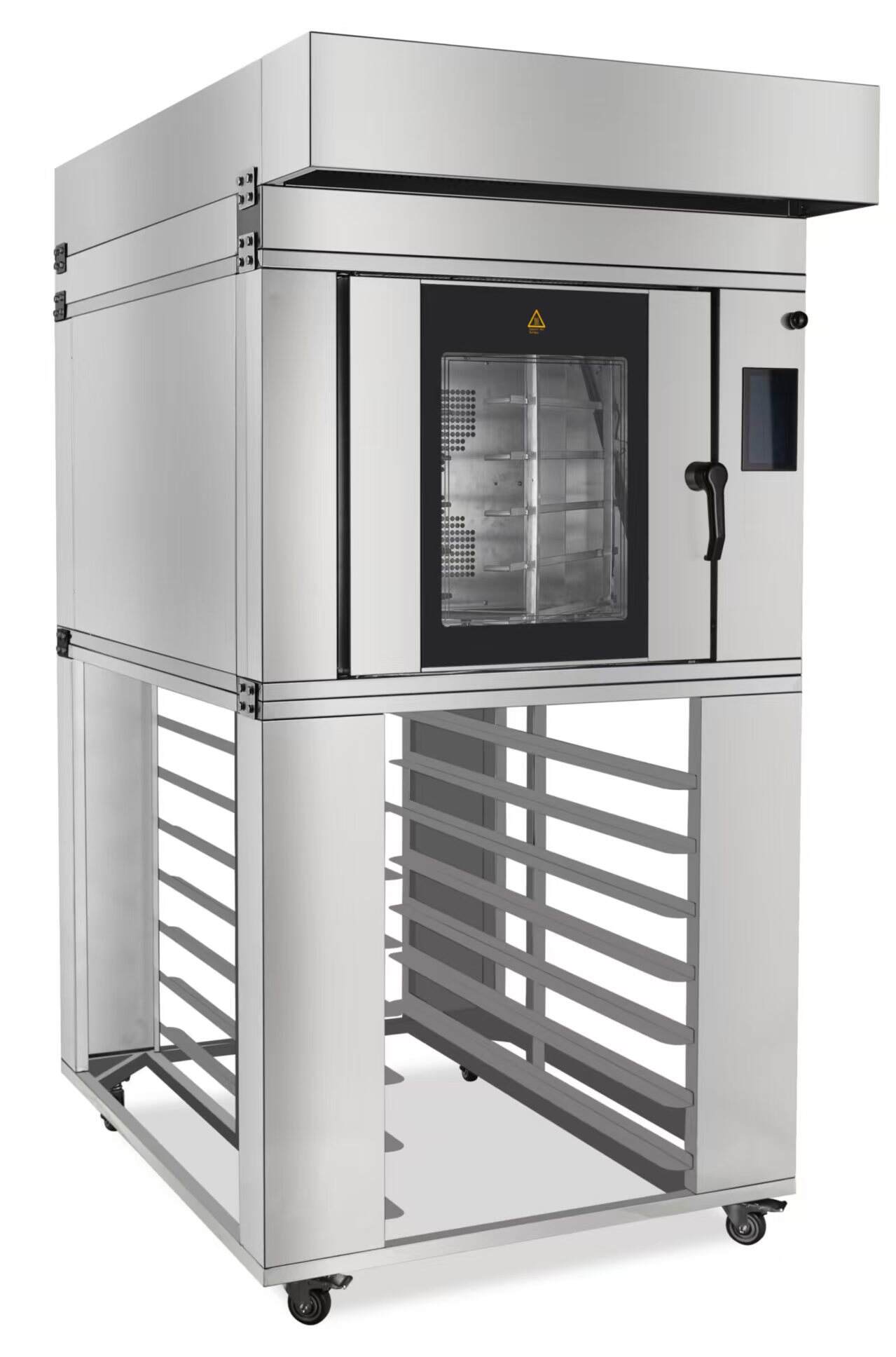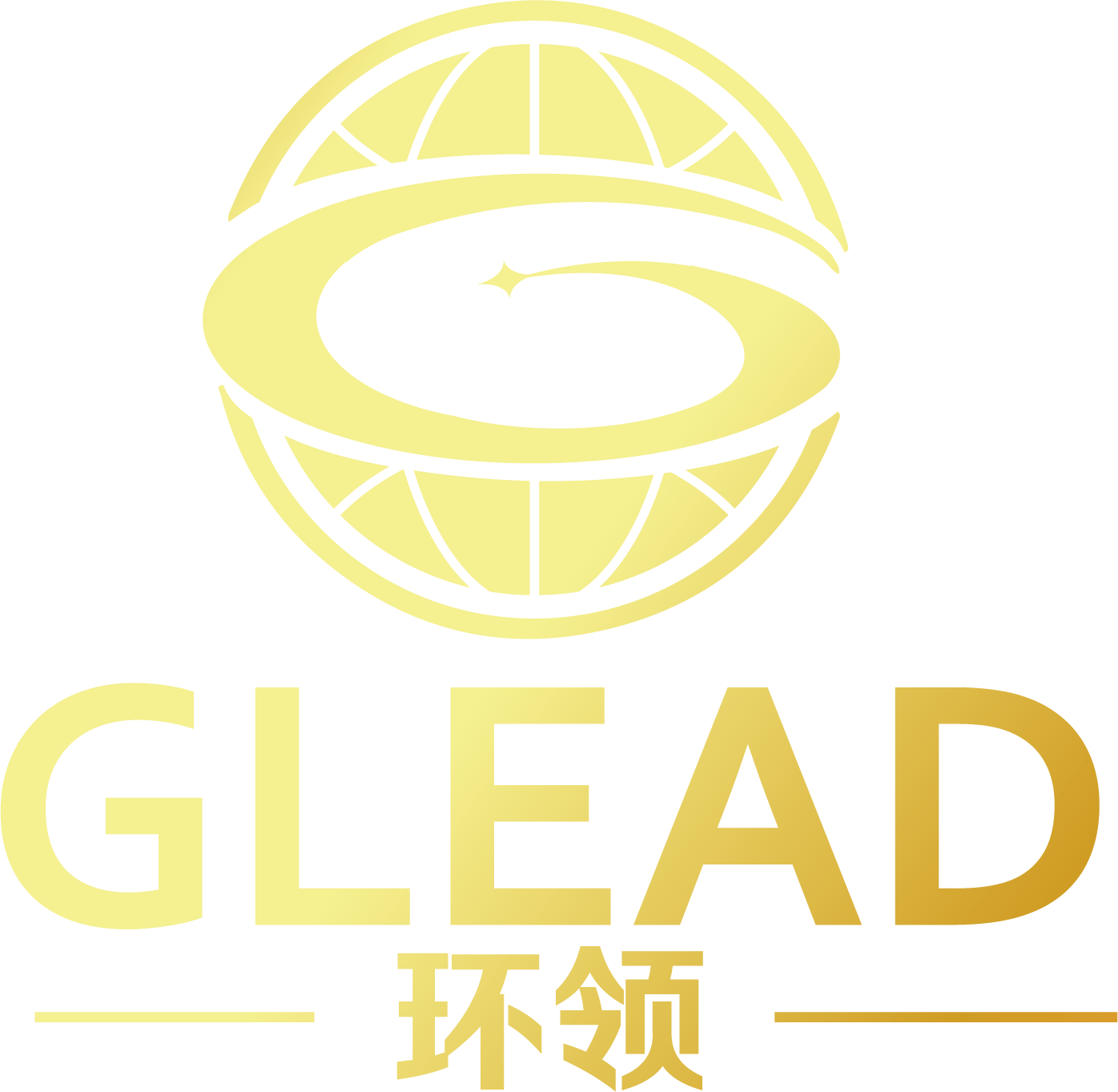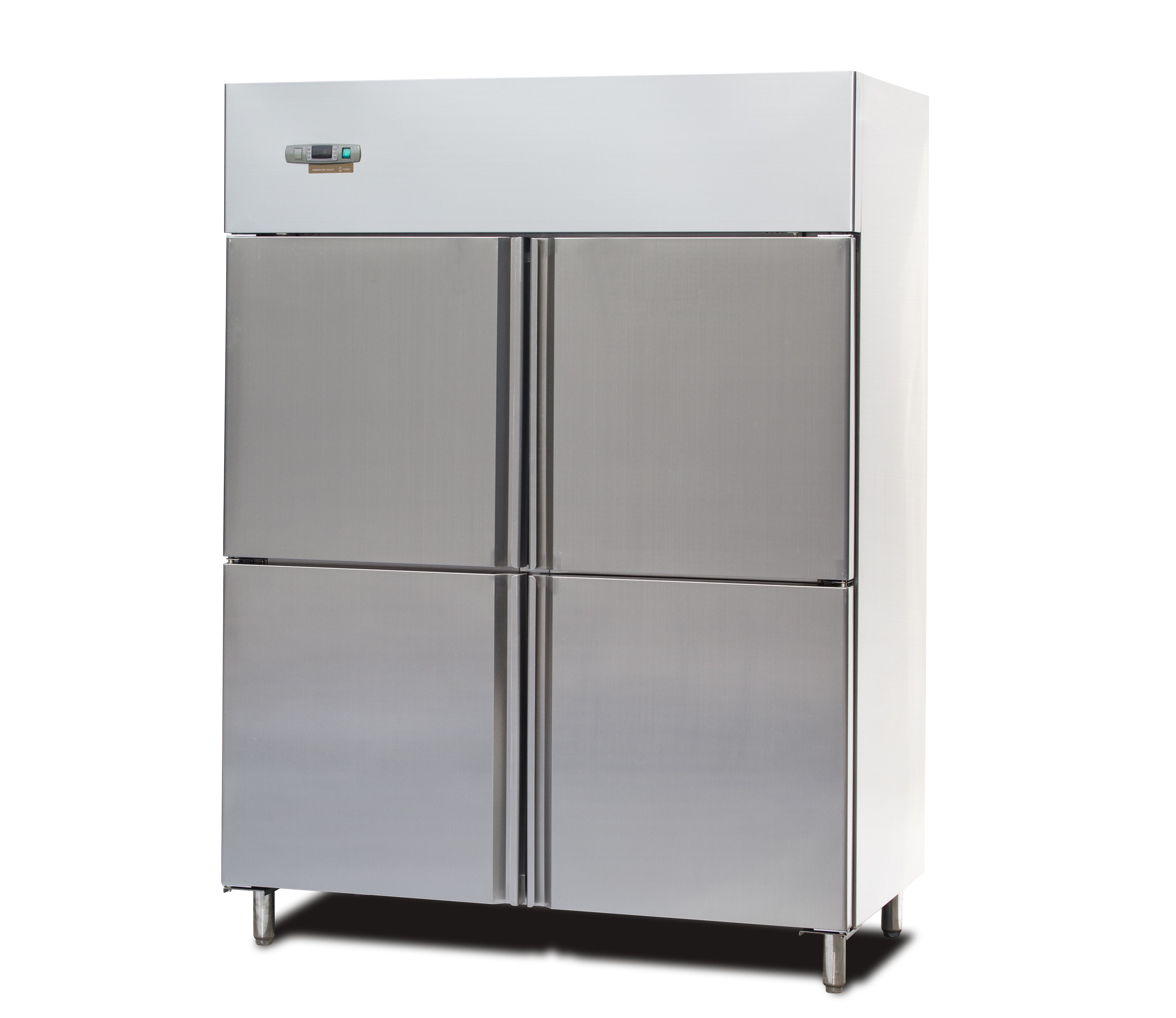Understanding the Art and Science of Automated Screen Printing
Machine serigraphy represents a groundbreaking advancement in the screen printing industry, combining traditional artistic techniques with modern automation. This innovative printing method has revolutionized how we approach commercial printing, offering unprecedented precision and efficiency while maintaining the distinctive quality that makes screen printing unique. As businesses and artists alike seek to scale their production without sacrificing quality, machine serigraphy has emerged as the perfect solution, bridging the gap between artisanal craftsmanship and industrial-scale manufacturing.
In today's fast-paced production environment, understanding machine serigraphy is essential for anyone looking to enter the printing industry or upgrade their existing operations. This comprehensive guide will explore every aspect of this fascinating technology, from its fundamental principles to advanced applications, helping you grasp how it's reshaping the future of printing.
The Evolution of Screen Printing Technology
From Manual to Automated Processes
The journey from traditional hand screen printing to machine serigraphy represents a remarkable evolution in printing technology. Early screen printing relied entirely on manual labor, with artisans carefully pulling squeegees across screens by hand. This process, while effective, was time-consuming and inconsistent. The introduction of machine serigraphy has transformed this labor-intensive craft into a precise, repeatable process.
Modern machine serigraphy systems incorporate sophisticated mechanisms that control pressure, speed, and alignment with exceptional accuracy. These improvements have not only increased production capabilities but have also enhanced the consistency and quality of printed materials. The automation of these processes has enabled businesses to take on larger projects while maintaining the high standards that customers expect.
Technical Advancements in Equipment
The development of machine serigraphy equipment has been marked by continuous innovation. Today's machines feature advanced registration systems, automated ink delivery mechanisms, and precise control over printing parameters. These technological improvements have made it possible to achieve consistent results across large production runs, something that was previously challenging with manual methods.
Modern machine serigraphy equipment often includes sophisticated features such as programmable printing sequences, automatic screen cleaning systems, and integrated drying units. These advancements have significantly reduced setup times and minimized waste, making the entire process more efficient and environmentally friendly.
Core Components of Machine Serigraphy Systems
Print Stations and Registration
At the heart of any machine serigraphy setup are the print stations, where the actual transfer of ink occurs. These stations are precisely engineered to maintain perfect alignment throughout the printing process. The registration system ensures that each color layer is perfectly positioned, creating crisp, clean prints with accurate color separation.
Modern machine serigraphy systems employ sophisticated registration mechanisms that can achieve microscopic accuracy. This precision is essential for multi-color prints, where even slight misalignment can result in visible defects. The automated registration systems use optical sensors and mechanical guides to maintain consistent positioning throughout the production run.
Ink Delivery and Control Systems
The ink delivery system in machine serigraphy is a marvel of engineering that ensures consistent ink flow and coverage. Automated ink dispensing systems carefully control the amount of ink deposited on each screen, while sophisticated squeegee mechanisms maintain uniform pressure and speed during the printing stroke.
Advanced machine serigraphy systems also incorporate ink monitoring and replenishment systems that automatically maintain optimal ink levels throughout the production run. This automation eliminates the need for constant manual checking and adjustment, reducing downtime and ensuring consistent print quality.
Operating Principles and Best Practices
Setup and Calibration
Proper setup is crucial for successful machine serigraphy operations. This includes careful screen tension adjustment, precise squeegee angle settings, and proper ink viscosity management. Each of these parameters must be carefully controlled to achieve optimal print quality.
The calibration process involves testing and adjusting multiple variables, including print speed, pressure, and off-contact distance. Modern machine serigraphy systems often include built-in calibration tools and presets that help operators achieve consistent results more quickly.
Maintenance and Quality Control
Regular maintenance is essential for keeping machine serigraphy equipment operating at peak performance. This includes routine cleaning of screens and squeegees, regular inspection of mechanical components, and periodic calibration checks. A well-maintained system will produce higher quality prints and experience fewer production interruptions.
Quality control in machine serigraphy involves regular inspection of prints, monitoring of ink consistency, and verification of registration accuracy. Many modern systems include automated quality control features that can detect and flag potential issues before they affect production quality.

Applications and Market Opportunities
Commercial Printing Solutions
Machine serigraphy has found widespread application in commercial printing, particularly for high-volume projects requiring consistent quality. From textile printing to industrial marking, the versatility of machine serigraphy makes it ideal for a wide range of commercial applications.
The ability to print on various substrates, combined with the durability of screen-printed images, has made machine serigraphy the preferred choice for many commercial printing applications. Industries from fashion to electronics rely on this technology for their printing needs.
Emerging Technologies and Future Trends
The future of machine serigraphy looks bright, with ongoing developments in automation and control systems. Integration with digital technologies is creating new opportunities for hybrid printing solutions that combine the best aspects of different printing methods.
Innovations in ink formulations and substrate materials are expanding the possibilities for machine serigraphy applications. From smart textiles to advanced electronic components, the technology continues to find new uses in emerging markets.
Frequently Asked Questions
What advantages does machine serigraphy offer over manual screen printing?
Machine serigraphy provides superior consistency, higher production speeds, and better quality control compared to manual methods. It reduces human error, increases output capacity, and enables precise reproduction of complex designs across large production runs.
How much training is required to operate machine serigraphy equipment?
While the basic principles can be learned relatively quickly, becoming proficient in machine serigraphy typically requires several weeks to months of hands-on experience. Most manufacturers provide comprehensive training programs, and many operators continue to develop their skills over years of practice.
What types of materials can be printed using machine serigraphy?
Machine serigraphy is incredibly versatile and can print on a wide range of materials including textiles, plastics, metals, glass, and ceramics. The key is selecting the appropriate ink formulation and machine settings for each specific substrate and application.

